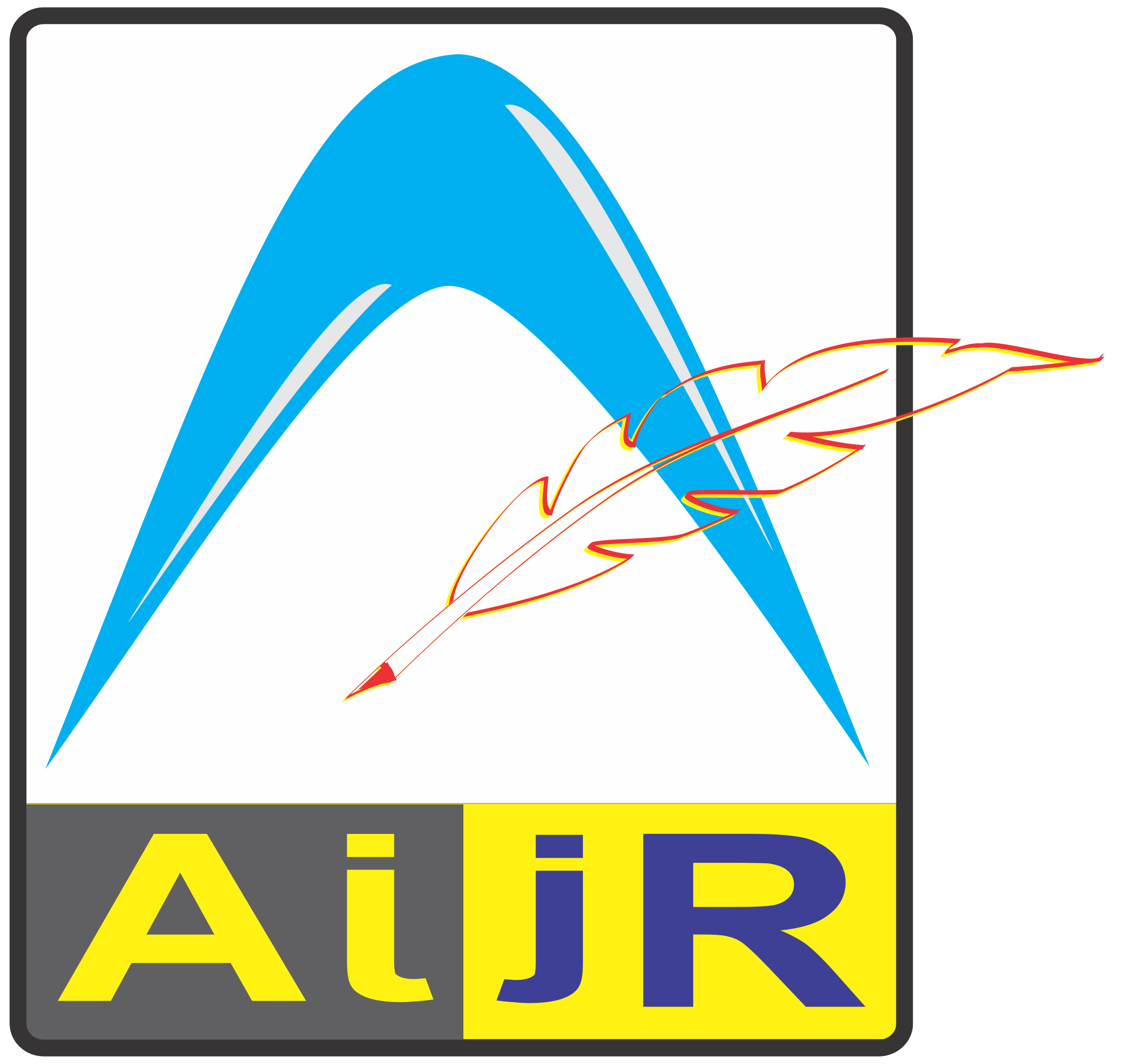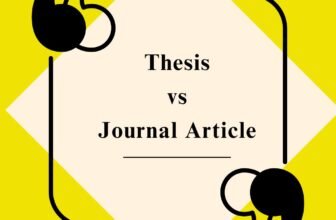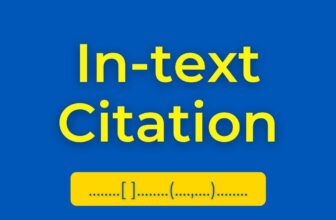In scholarly writing, it is essential to acknowledge how others contributed to your work by following the principles of proper citation. Complete citation consists of 2 parts, i.e. in-text citation & reference list. The referencing style of citations depends on the chosen citation style format, e.g. APA, IEEE, MLA, etc. Here is the quick citation formatting guide for the standard IEEE referencing style.
The IEEE referencing style includes in-text citations (sequentially numbered in square brackets), referring to a full citation in the reference list at the end of the manuscript.
In-text Citation
The first step of the reference citation process is citing within the manuscript itself (citation within the text) which is known as in-text citations. In the IEEE referencing style, each citation must be noted within the text through the use of simple sequential numbers enclosed in square brackets. In-text citation indicates the specific reference where the reader can look for further detail. Citations shall be numbered in the order in which they appear within the text. Once a source has been cited, the same number shall be used in all subsequent references in the manuscript. The in-text citing style for both electronic and print sources remains the same, except in the reference list details.
Each reference number should be enclosed in square brackets on the same line as the text, before any punctuation, with a space before the bracket.
Examples:
“. . .citing the reference at the end of the sentence [1].”
“The theory was described in 2019 [2].”
“Bahishti [3] has discussed the importance of peer-reviewing. . . .”
“For example, see [4].”
“Several recent studies [1, 3, 5] have suggested that. . . .”
The preferred method to cite more than one source at a time is to list each reference in its own brackets, then separate it with a comma or dash:
[1], [3], [5]
[1] – [5]
Note: Authors and dates do not have to be written out after the first reference; use the bracketed number. Also, it is not necessary to write “in reference [3].” Just write “in [3].”
Reference List
To finish the citing sources, a numbered list of references must be provided at the end of the paper. The list is comprised of sequential enumerated citations, with details, beginning with [1], and is not alphabetical. The following examples demonstrate the format of the IEEE referencing style for widely used sources.
Books
[1] Nguyen Duc Toan, “Combined Hardening Behavior for Sheet Metal and its Application”: India, AIJR Publisher, 2019.
Edited Book
[2] Afaq Ahmad (ed), “Bayesian Analysis and Reliability Estimation of Generalized Probability Distributions”. India: AIJR Books, 2019.
Article in Journal
[3] A. A. Bahishti, “The Importance of Review Articles & its Prospects in Scholarly Literature”, Extsv. Rev., vol. 1, no. 1, pp. 1–6, Sep. 2021.
Websites
[4] AIJR, “Plagiarism Policy of AIJR,” aijr.org, para. 2, 2016. [Online]. Available: https://aijr.org/about/policies/plagiarism/ [Accessed Sept. 12, 2021].
Paper Published in Conference Proceedings
[5] W. H. Lee, L. M. K. Fung, and C. K. Lai, “Application of landscape Architecture to the Rehabilitation of Quarry in Hong Kong and an Overseas Case Study,” In Proceedings of The HKIE Geotechnical Division 41st Annual Seminar: Adapt to Challenges, Create to Thrive, 04, 2022, pp. 148-152.







